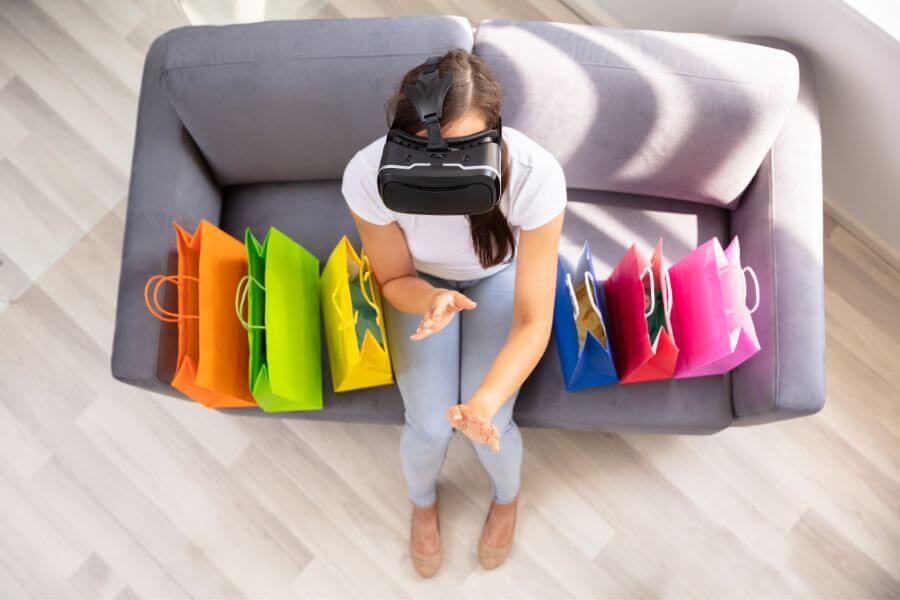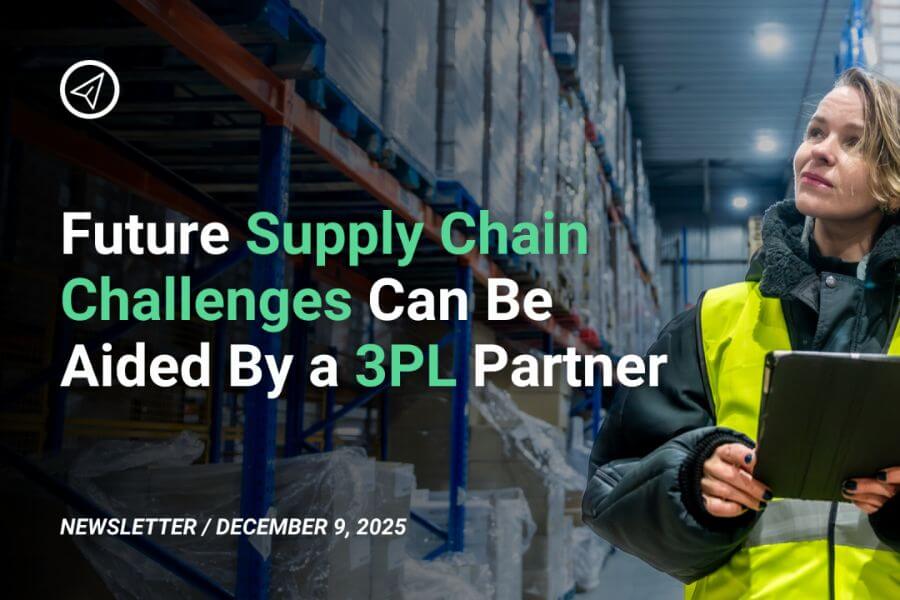2025 is (somehow) around the corner, and the digital marketplace, shaped by shifting consumer behavior, technological advancements, and global market dynamics, is set to undergo major transformations. Retailers and brands that want to stay competitive will need to adapt to these emerging trends, which promise to change how we shop online.
Let’s dive into the e-commerce trends to watch and use in 2025:
🤖 Artificial Intelligence and Personalization at Scale
AI-powered personalization is no longer a luxury—it’s becoming an expectation. In 2025, e-commerce will see deeper integration of artificial intelligence to deliver personalized experiences on a massive scale. AI algorithms will analyze user behavior, preferences, and purchase history to offer tailor-made recommendations, dynamic pricing, and customized content.
This trend goes beyond just showing recommended products. AI will refine product search, streamline navigation, and anticipate customer needs with predictive analytics. For example, virtual shopping assistants powered by natural language processing (NLP) will guide users through their shopping journey with conversational, human-like interactions.
🗣️ The Rise of Voice Commerce
With the widespread adoption of voice-enabled devices like smart speakers and virtual assistants, voice commerce is poised to take off. By 2025, shopping through voice commands will become a mainstream activity, with consumers using devices like Amazon’s Alexa or Google Assistant to browse, select, and purchase products.
Voice commerce’s simplicity appeals to time-strapped consumers who value convenience. E-commerce platforms will need to optimize their systems to support voice search and ensure that their products are easily discoverable through conversational queries. This shift will also lead to the development of new SEO strategies focused on natural language.
🛒 Augmented Reality (AR) and Virtual Reality (VR) Shopping Experiences
One of the key limitations of online shopping has been the inability to “try before you buy.” In 2025, AR and VR will bridge this gap, enabling immersive and interactive shopping experiences. Shoppers will virtually try on clothes, view how furniture looks in their homes, or even tour virtual stores from the comfort of their own homes.
Major retailers are already investing in AR and VR, but by 2025, we expect these technologies to be widely adopted. Brands that provide a seamless, realistic preview of their products using AR/VR will see higher conversion rates and reduced returns. This will be particularly valuable in industries like fashion, furniture, and beauty.
🌿 Sustainability and Ethical Shopping
Consumer preferences are shifting toward sustainability, and 2025 will witness a surge in demand for eco-friendly products and ethical shopping practices. Buyers are becoming increasingly conscious of the environmental and social impact of their purchases, leading to the rise of the “conscious consumer.”
In response, e-commerce companies will adopt more transparent practices, including sustainable packaging, carbon-neutral shipping, and ethically sourced products. Green certifications, blockchain-based supply chain tracking, and initiatives like “buy-back” programs for recycling will help brands build trust with environmentally aware customers.
💬 Social Commerce and Influencer Integration
Social commerce—the integration of e-commerce directly into social media platforms—is expected to explode by 2025. Platforms like Instagram, TikTok, and Pinterest have already introduced in-app shopping features, allowing users to discover and buy products without leaving the app. This trend will gain momentum as social media companies enhance their e-commerce capabilities.
Influencer marketing will continue to play a pivotal role, but its focus will shift toward authentic, niche influencers with loyal communities. Micro and nano-influencers will dominate, offering brands more intimate connections with their audience. This trend highlights the blending of content, entertainment, and shopping into one seamless experience.
💳 Frictionless Payments and Digital Wallets
As consumers demand faster and more convenient shopping experiences, frictionless payments will become a key differentiator in 2025. Digital wallets like Apple Pay, Google Pay, and PayPal will become the preferred payment methods, replacing traditional credit cards.
Biometric authentication, such as facial recognition and fingerprint scanning, will streamline checkout processes, making it faster and more secure. Cryptocurrency payments, particularly stablecoins, will also see wider adoption as e-commerce platforms cater to tech-savvy consumers. Offering multiple payment options, including Buy Now, Pay Later (BNPL) services, will be essential for retailers looking to increase conversions.
📈 The Growth of Subscription-Based Models
Subscription-based services are set to expand across more industries, from fashion and beauty to home essentials and entertainment. In 2025, more companies will adopt subscription models to ensure recurring revenue and foster customer loyalty.
Subscription boxes that offer curated, personalized products will continue to gain popularity. Consumers appreciate the convenience of having items delivered regularly, and brands benefit from the predictability of recurring sales. This trend will be particularly significant in sectors like meal kits, grooming, and digital services.
🌐 Omnichannel Retailing and Hybrid Shopping
The line between online and offline shopping will blur further in 2025, thanks to the rise of omnichannel retailing. Shoppers will expect a seamless experience that allows them to switch between digital and physical shopping without any disruptions. Brands that offer options like BOPIS (Buy Online, Pick-Up In-Store), curbside pickup, and same-day delivery will meet customer expectations for flexibility.
In addition, we’ll see more hybrid shopping experiences where physical stores are used as showrooms, fulfillment centers, or experiential spaces rather than traditional retail outlets. Retailers will increasingly rely on mobile apps and in-store technologies like QR codes, mobile payment systems, and smart fitting rooms to create a connected shopping experience.
⛓️ AI-Driven Supply Chain Optimization
Efficient supply chain management is crucial for e-commerce success, and by 2025, AI and machine learning will be deeply integrated into logistics and fulfillment. These technologies will help retailers predict demand, optimize inventory, and automate warehousing operations, ensuring that products are delivered faster and more accurately.
Drones and autonomous vehicles will become more common in last-mile delivery, particularly in urban areas, while AI algorithms will optimize routes to reduce costs and delivery times. Sustainable shipping practices, including electric delivery fleets, will also be prioritized as part of a broader push toward reducing the environmental impact of logistics.
📊 Enhanced Data Privacy and Security
With increasing digital transactions and growing concerns about data privacy, 2025 will see stricter regulations around consumer data protection. Governments worldwide are introducing laws that require greater transparency and control over personal data, such as GDPR in Europe and the CCPA in California.
E-commerce companies will need to invest in robust security measures to protect customer information, including encryption, multi-factor authentication, and secure payment gateways. Brands that demonstrate a commitment to safeguarding consumer data and adhering to privacy regulations will earn customer trust, which will be vital in a more privacy-conscious market.
Want to grow your e-commerce brand internationally in 2025? We’ve got you covered.
Learn more about our process as a 3PL: https://www.simpleglobal.com/how-it-works/
Learn about our GLOBAL locations: https://www.simpleglobal.com/fulfillment-centers/






